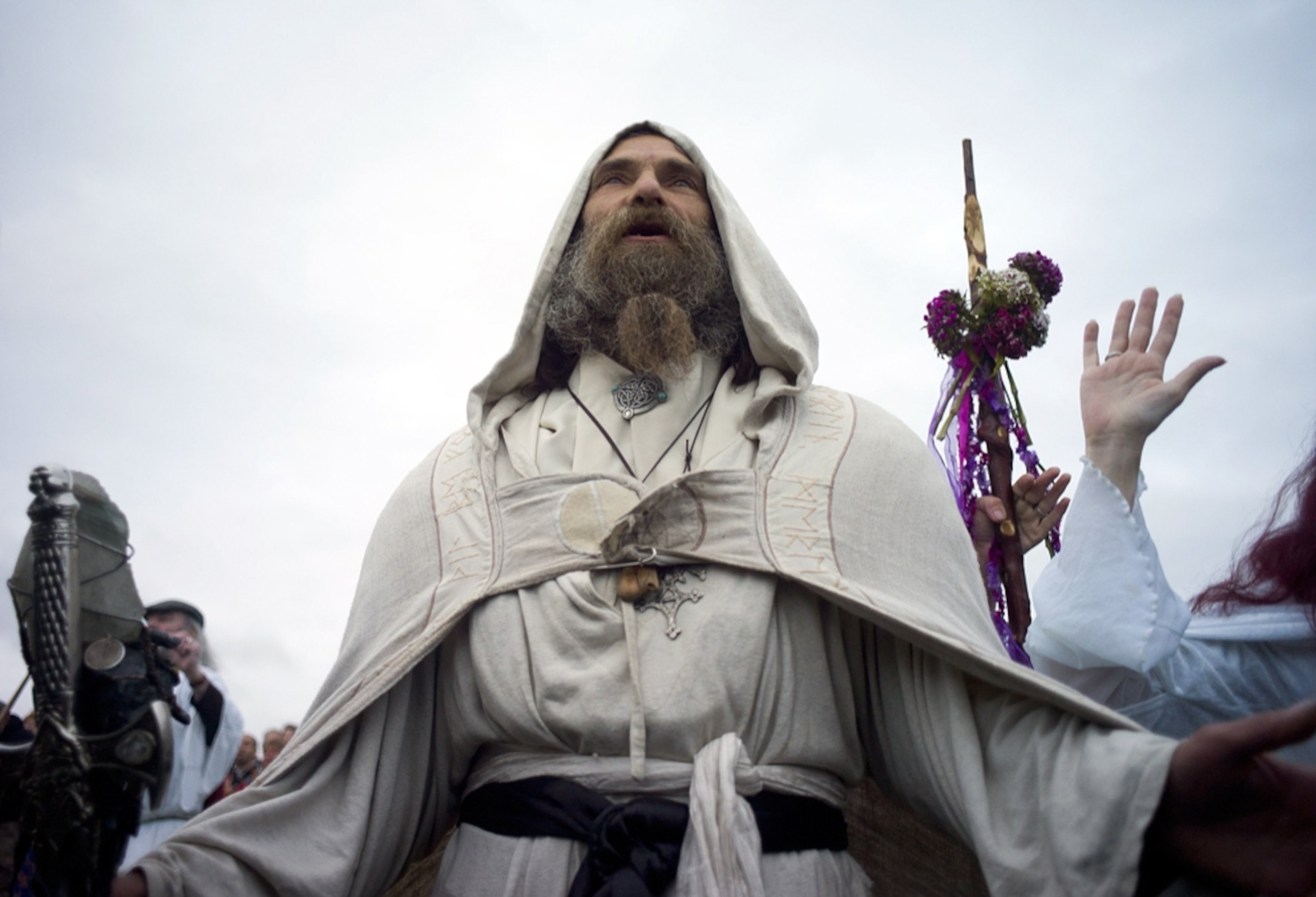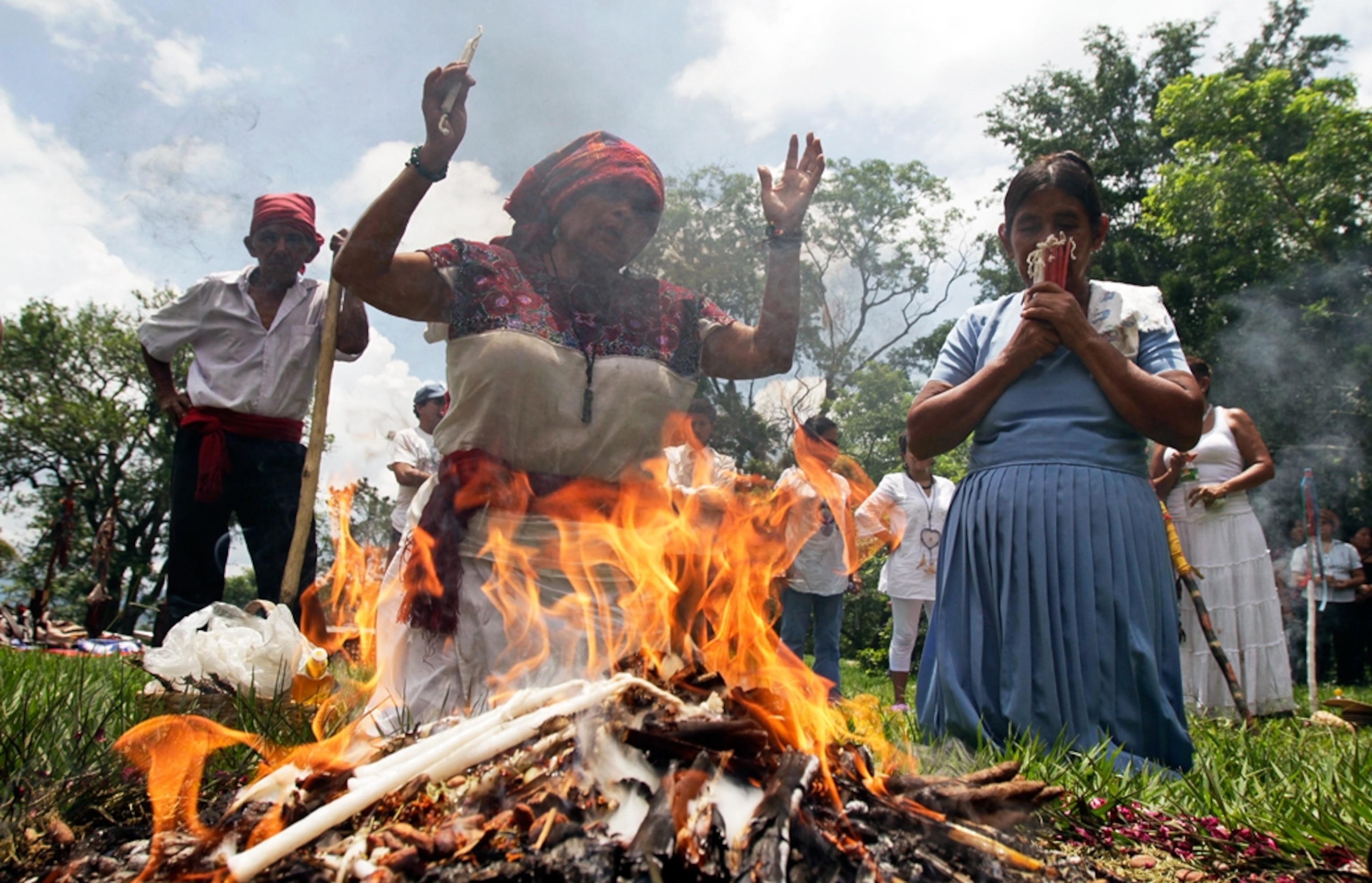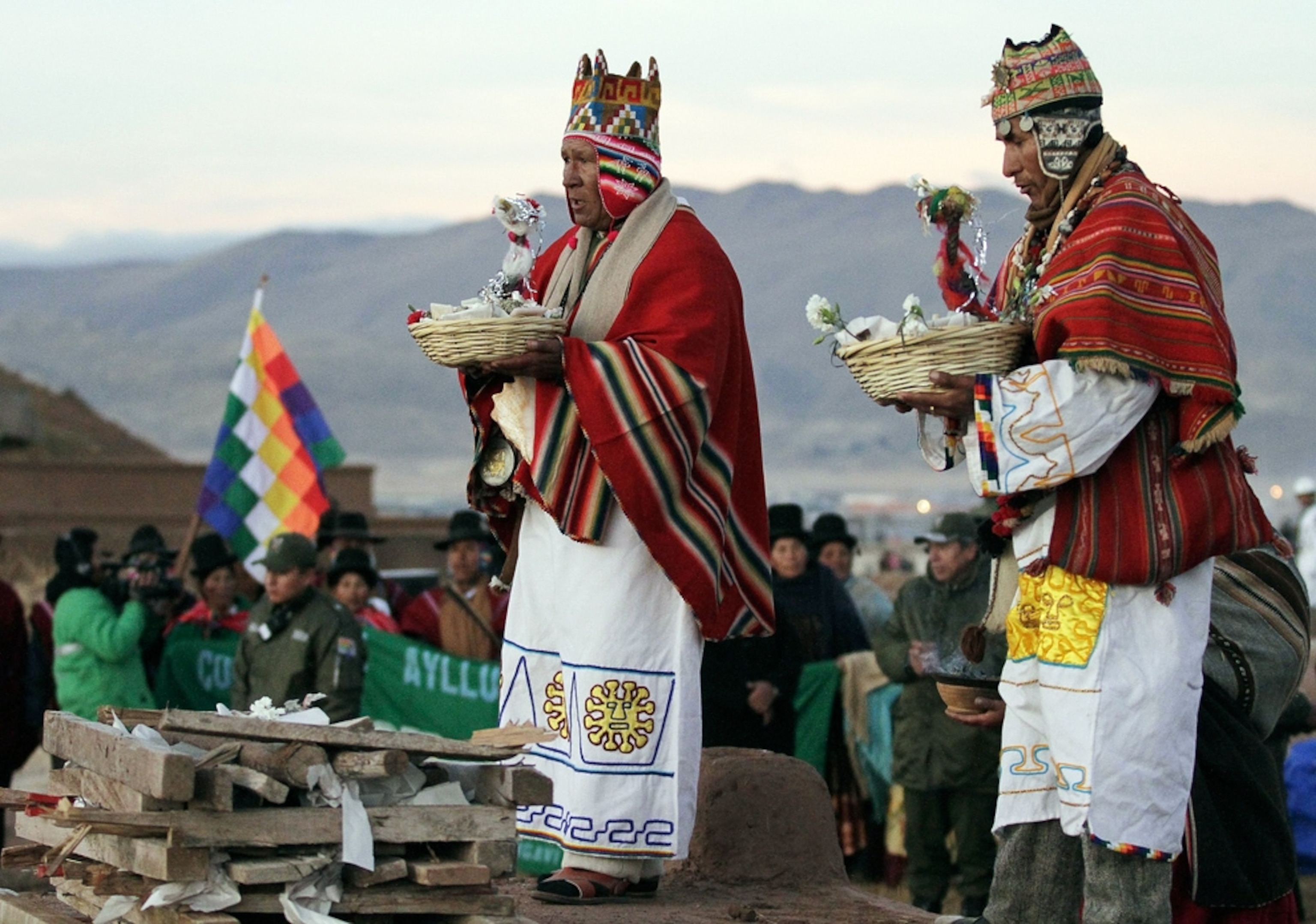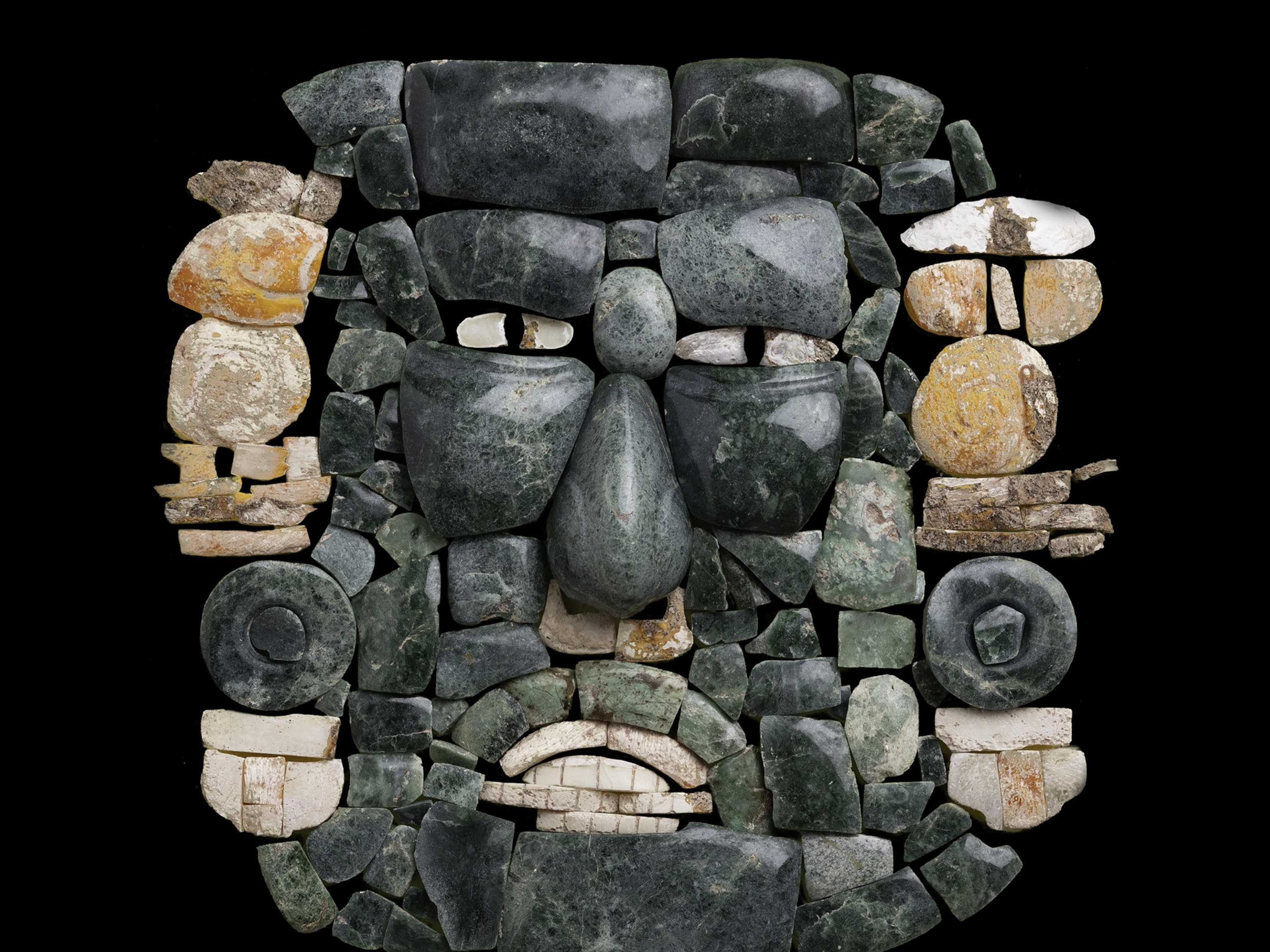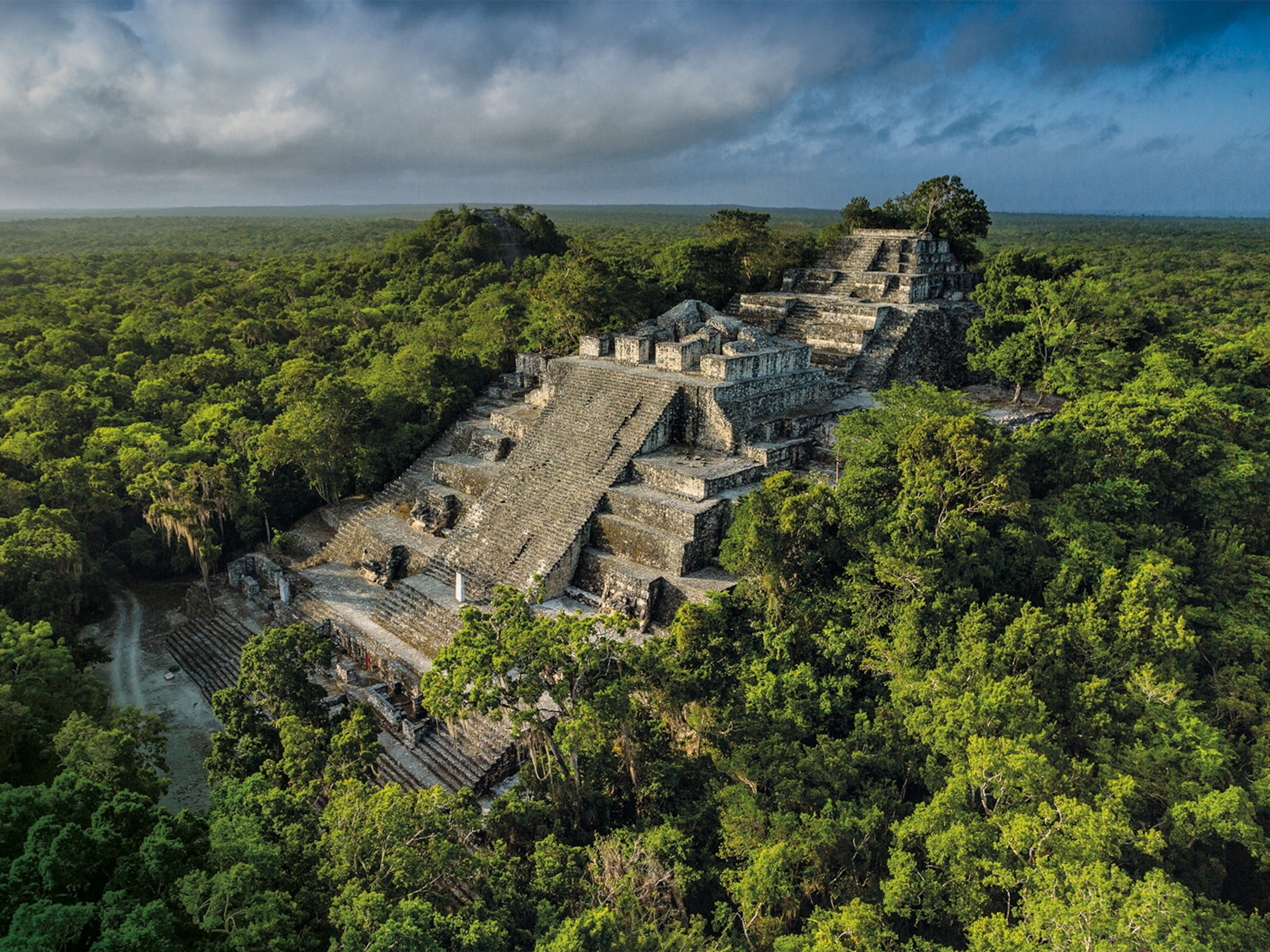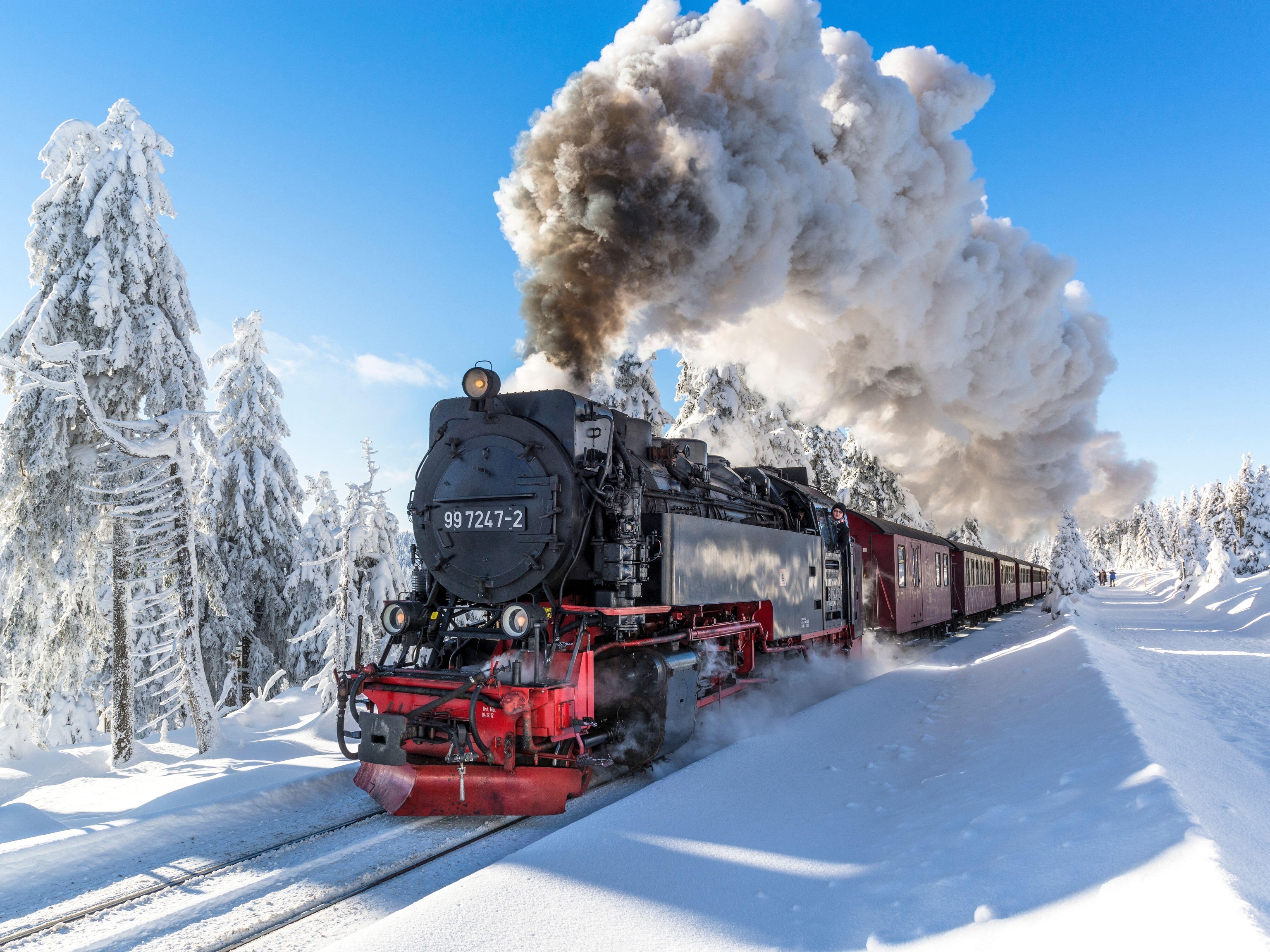The summer solstice—also called midsummer—marks the moment when the North Pole is angled more toward the sun than on any other day of the year, resulting in the longest period of sunlight of the year for the top half of the planet. Long seen as signifying growth and life, the astronomical event has an ancient history of being recognized as a special event in the calendar. As such, many cultures around the world have developed celebrations and rituals to coincide with it.
(First Day of Summer: 4 Things to Know About the Summer Solstice)
Ancient Egyptians aligned the Great Pyramids so that the sun, when viewed from the Sphinx, sets precisely between two of the pyramids on the summer solstice.
In a long-buried Mayan city in Guatemala, archaeologists have discovered the remains of an astronomical observatory in which the buildings were designed to align with the sun during the solstices. During such times, the city's populace gathered at the observatory to watch as their king appeared to command the heavens.
And perhaps most famously, Stonehenge in the United Kingdom has been associated with the winter and summer solstices for about 5,000 years. Observers in the center of the standing stones can still watch the summer solstice sunrise over the Heel Stone, which stands just outside the main ring of Stonehenge.
Celebrating the light
At high noon on the summer solstice, the sun appears at its highest point in the sky—its most directly overhead position—in the Northern Hemisphere. And the amount of daylight increases the farther north you go.
Some countries plan for this prolonged sunlight with events that last through the night. In Iceland, a country so far north it abuts the Arctic Circle, the Secret Solstice Music Festival avails itself of three straight days of midnight sun.
Similarly, Fairbanks, Alaska, has been taking advantage of the solstice with a late-night baseball game for more than 100 years. The first Midnight Sun Game, held in 1906, began as a bet between two local bars shortly after a building fire gutted downtown Fairbanks, according to Tom Dennis, the general manager of the Alaska Goldpanners baseball team, which has been hosting the game since 1960.
Every year, a different team—usually from out of state—is invited to participate in the symbolic event. The game typically begins around 10:30 p.m., continues straight through midnight, and often lasts as late as 2 a.m.
The solstice today
As one moves closer to the equator, the solstice becomes a veritable nonevent—both the summer and winter solstices have little effect on the days there. And thanks to modern technology and busy lives, many people in the mid-latitudes might not even notice the uniqueness of the solstice.
People who "really pay attention to what's going on outside on a regular basis are the neo-pagans in America and farmers, because it's important for their growing and harvest seasons," says Jarita Holbrook, formerly a cultural astronomer at the University of Arizona in Tucson.
But no matter if you’re a farmer, baseball player, neo-pagan, or otherwise, enjoy the few extra minutes of sunshine on this longest day of the year.
